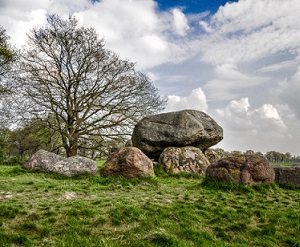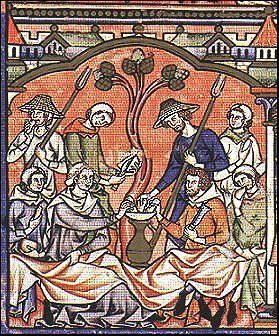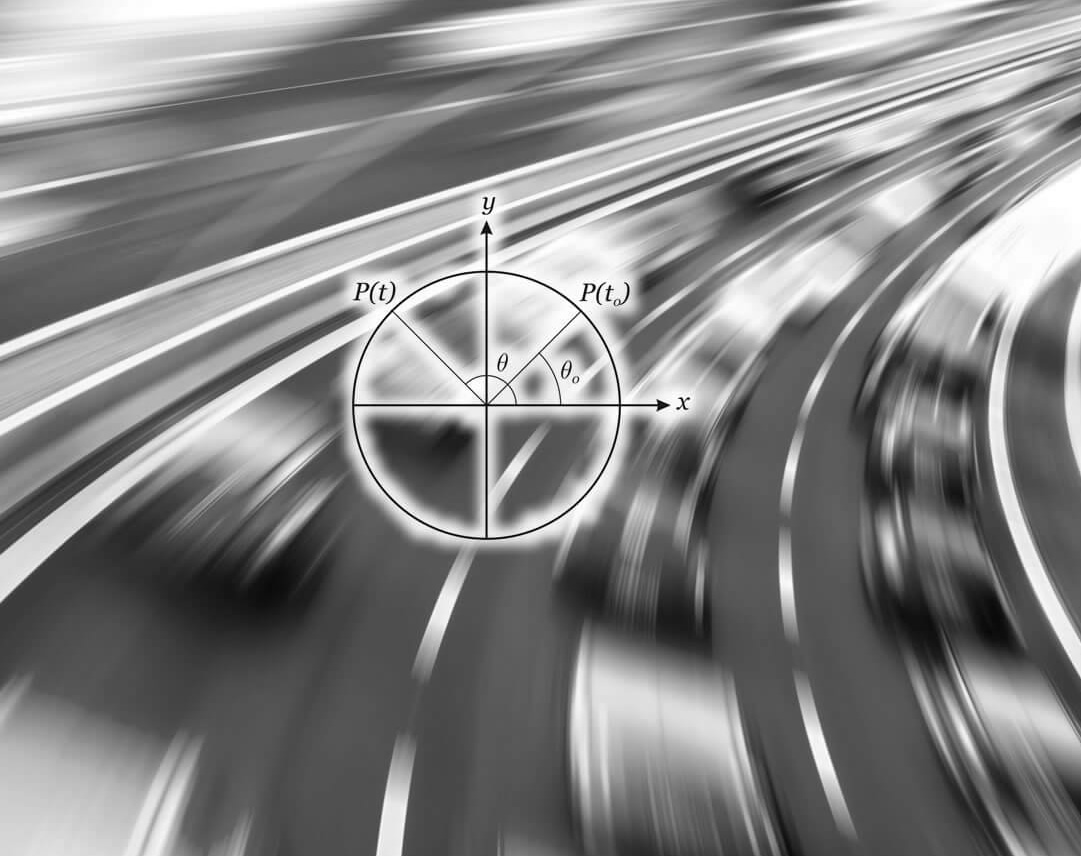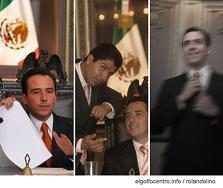 The concept that concerns us in this review has an almost exclusive use at the political level. The despotism is he abuse of power or force in dealing with people, consists of an unlimited way of exercising power. In other words, the government is concentrated in the hands of a single person who holds all the powers and who will not accept any control or interference in the resolutions it takes. We must say on purpose that in these cases whoever governs is placed above the laws and of any reason.
The concept that concerns us in this review has an almost exclusive use at the political level. The despotism is he abuse of power or force in dealing with people, consists of an unlimited way of exercising power. In other words, the government is concentrated in the hands of a single person who holds all the powers and who will not accept any control or interference in the resolutions it takes. We must say on purpose that in these cases whoever governs is placed above the laws and of any reason.
Therefore, normally, the word is used to account for that absolute authority not limited neither by the laws nor by any other institutional control that governs the destinies of a nation, that is to say, that it exercises its power with absolute superiority and piacere, without encountering any type of limitation in said use.
So to those governments that are characterized precisely by the concentration in their hands of all power are conceived as despotism.
Today's dictatorships act like yesterday's despotism
Currently, such a conception and presentation of power is loaded with a totally negative connotation, associating, therefore, the government that manifests itself in this way with a dictatorship or tyranny. “The despotism with which he governs will pay for it in the next elections. The decision not to discuss the project in parliament and to approve it with a decree was an authentic act of despotism on their part..”
Enlightened despotism: moderated and guided by the proposals of the Enlightenment
Although, it should be noted, that despotism was not always viewed with very bad eyes as it is today, but quite the opposite, in the 18th century, in Europe , the concept of Enlightened Despotism, a political concept framed within the absolutist monarchical practice, belonging to the government systems of the Old Regime, although, and here comes its distinction and uniqueness, the ideas proposed by the Illustration, according to which man's decisions are guided by reason.
In other words, the despotism of these monarchies was moderated by the proposals promoted by the Enlightenment movement, which, as we know, knew how to be a bulwark of flags such as reason, progress, education, art, among others.
The despotic monarchs of the time we mentioned tried to enrich the culture of their nations and therefore they became owners of a paternalistic type of discourse to achieve it.
Enlightened despotism was also known as benevolent despotism or enlightened absolutism and those monarchs who exercised it were known as benevolent despot or dictator. For instance, Catherine II of Russia, was an enormous promoter of education and art in the Russia of her time.
Culture, educational reforms, in matters of justice, and in other orders such as the economic one, plus a flexibilization in matters of individual freedoms, were the modifications that enlightened despotism introduced and that somehow allowed the monarchs to agginate and remain in the power. Because in this way they found a way to satisfy the demands of their people who were fighting for greater freedom and to free themselves from highly arbitrary despotic tendencies.
It was a cunning proposal while it lasted because it made the people believe that they were also owners and holders of power, however, they, the monarchs, continued to control everything, they expanded the freedoms to avoid outbreaks but they continued to maintain control at all levels.
The individual who exercises despotism is called a despot and throughout the history of European monarchies, enlightened or not, we can find endless examples of kings who exercised their authority in an absolutely authoritarian way, without respecting the rights of the citizens, generating palatial plots and traps, and certainly cruel actions against those who dared to dispute their authority.
Of course, the intention of these rulers was to stay in power at all costs, and of course, coercion was the most forceful and effective alternative to be able to satisfy this need.









